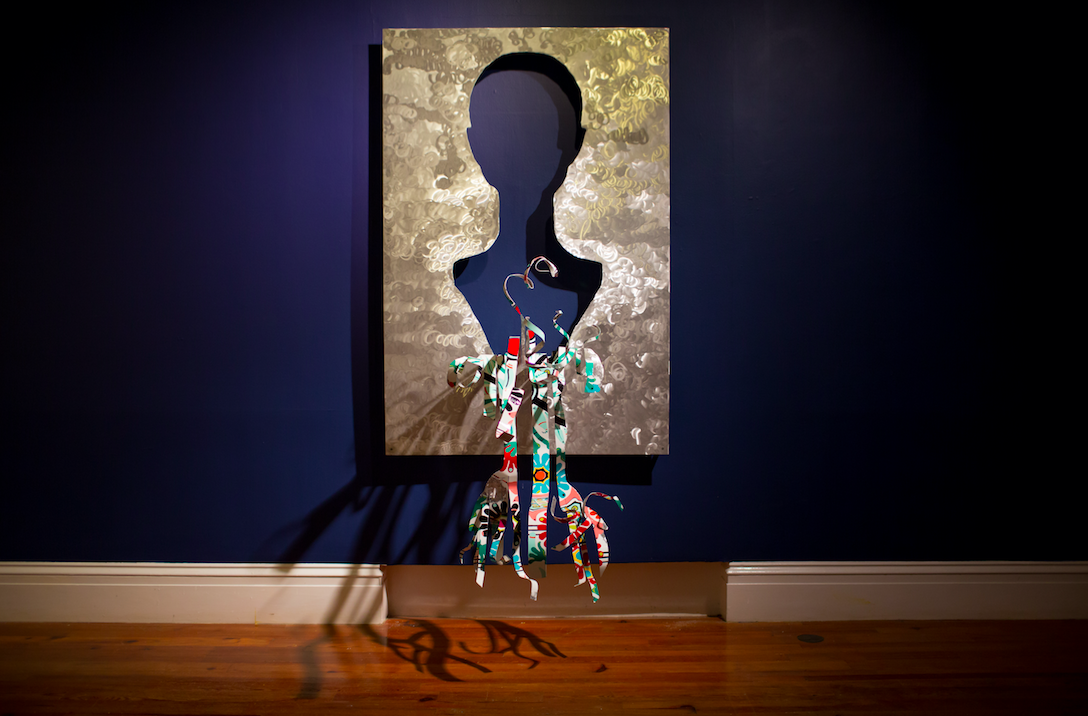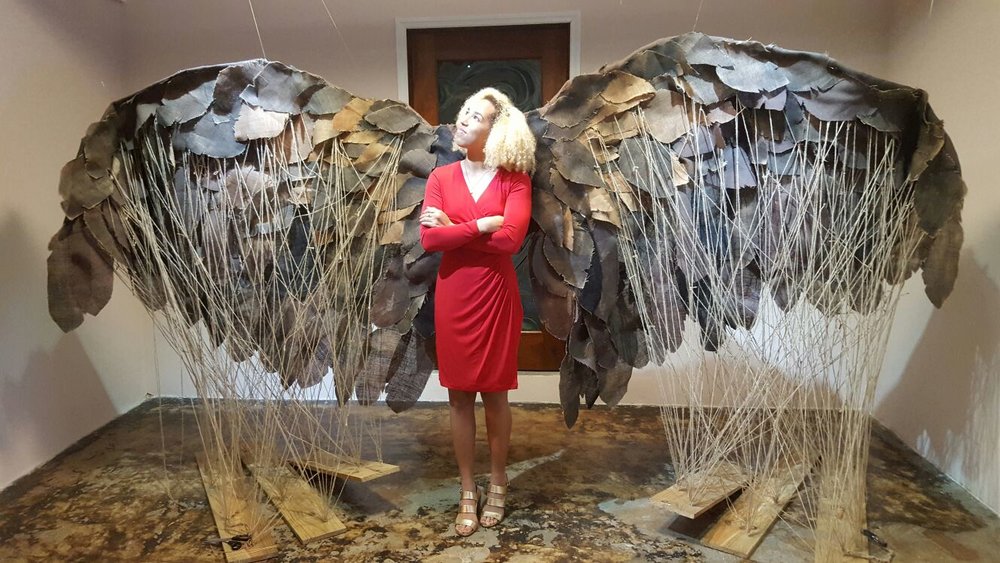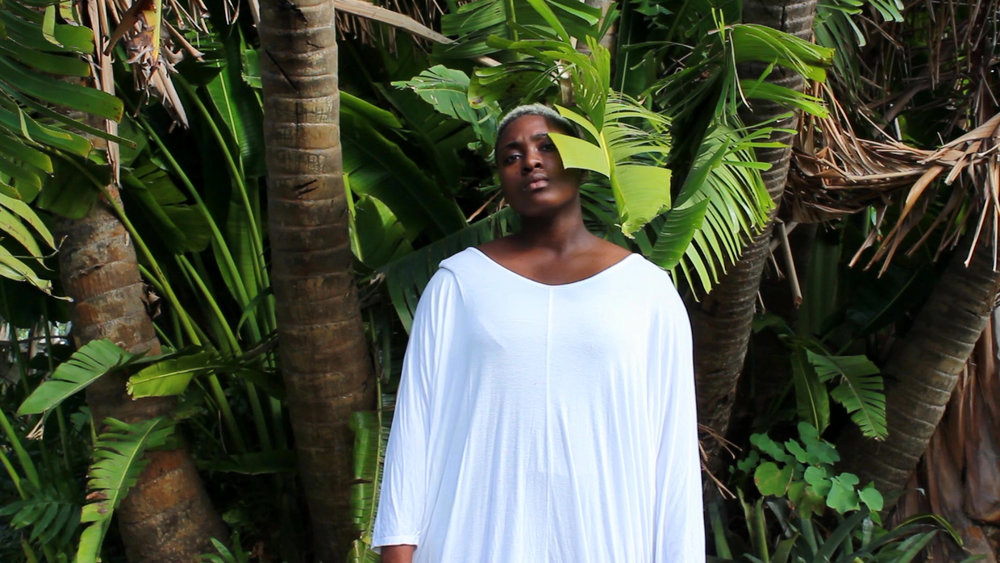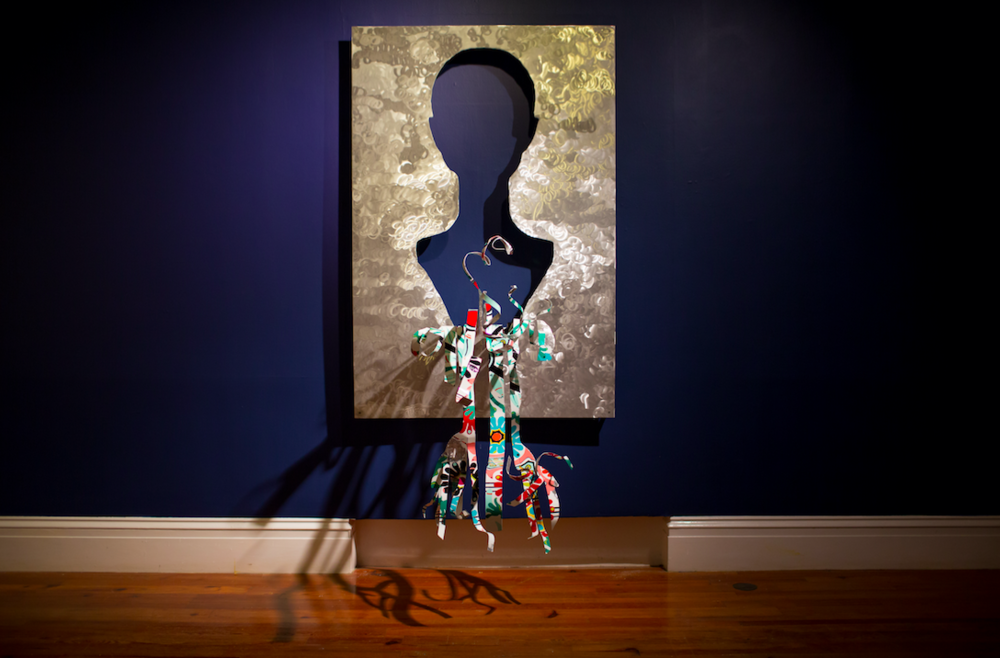
We hear so often that not much comes from this country. There are no big manufacturing outfits, as there are in Jamaica, Trinidad and Haiti. There are no huge factories producing underwear; there are no artistic outlets like Carnival, as there are in Trinidad, Brazil, and even Curaçao. As a nation, we are taught to focus on the “there are no,” rather than on the scale of what we do.
Creativity and national expression are foundational to the formation of nationalism. That is to say that, as a nation, we state who we are through our creative expression. This seems to be underrated by local contracts that only seek out foreign designers and products. So, while national creativity is booming, the focus is being placed on international products and artists, usually because they provide cheap knock-offs. The Trojan Horse is in the compound, the question now is: how can we return it to sender and rescue our own cultural expression from the gaudy and de-cultured disaster that has been made of Bahamian Christmas or Christmas in The Bahamas without Bahamians.

One of the polemics of the postmodern age is that there is supposedly no identity and no truth, at least for those rigid practitioners who benefit from this idea. They benefit because they can manufacture “us” and sell “us” to ourselves: they tell us what we look like and what we produce and so it becomes accepted. This power imbalance in the world of art and artistic expression is much like in the world of political leadership; those in power dominate and paint those who are less empowered or disempowered by their renderings.
When Christopher Columbus penned the experiences of his voyages, he was not only stating what was seen but also embellishing, altering and re-presenting what he wanted to be read in the capital. Of course this removes authenticity and alters the identity of the subject. When postmodernism takes over, the ability to challenge based on one’s authenticity or one’s position of truth or in truth, was de-stabilized by the centre’s ability to control the images that were deployed.
The signs used to render people or cultures have meaning, or create meaning. Tourism, for example, creates the idea that we all inhabit paradise where nothing else matters and where no one ‘really’ works because we are all so relaxed, so laid back, so unbothered, that people just chill out all day under the tropical sun, drink in hand. This idea has maintained its currency for centuries and has taken on a new relevance today, as local practitioners and painters or controllers of culture, cultural expression and cultural signs, deploy images of “us” as we are not. They ignore the “us” that inhabit this space, those of us who make culture, and render us invisible to a mass-produced image of beach, Riviera, international culture and fun. This is what we call re-representing us. Rather than allow us to speak freely, our voices are often silenced by intention or by happenstance.

The recent cultural representation of Bahamian Christmas speaks to the alienation of the Bahamian body and soul from the official representation of the culture. The cultural freak show posed and planted as Bahamian is a part of what could be called the dominant meaning of Bahamian identity as determined by the officialdom. Stuart Hall, the late Cultural Studies guru, speaks to this:
“In speaking of dominant meanings, then, we are not talking about a one-sided process which governs how all events will be signified. It consists of the ‘work’ required to enforce, win plausibility for and command as legitimate a decoding of the event within the limit of dominant definitions in which it has been connotatively signified.”
However, in this case, there is a one-sided rendering of Bahamian culture as something made in Asia, Mexico or Thailand. The voices of locals are silenced or erased. What happened to Made in The Bahamas? The image deployed by this Christmas fiasco is a legitimization of what is foreign over what is Bahamian and it will stand in for the local. No Bright Junkanoo or muted blues from the sea, no; no thatch, no conch shells, salvageable from where they lay strewn on beaches and along seaside roads, indications of the imminent danger of over-conching. Can we not use local ingredients to make local art and representation? So, the voice of the people, our true expression is represented as something it is not. Our culture is signed by something that is totally disassociated from it.
Hall discusses this theoretically as it relates to culture:
“Signs and semiotics: One of the chief methods that cultural studies uses to understand culture is semiotics. Semiotics is simply the study of signs or words. When semiotics is applied to culture generally, semiotics is a way of understanding culture as if it were language. For example, a semiotic analysis of the images in a magazine ad would look at the different images as if they were words or signs.”
Hall shows how an ad can stand in for us. So, for example, the totem mishmash ‘greeting’ people to the Bahamian space speaks for us, over us and against us. Why not use Red Bays Straw work? Why not contract Bahamian artists to work to create a truer more authentic rendering of Bahamian Christmas than made in China, Taiwan, Malaysia, Korea, anywhere the sweatshop thrives, cultural kitsch that is sold as authentic product from a world away?
Surely, there are many Bahamians who would have jumped at the opportunity to create and give voice to ‘true’ Bahamian identity and culture. However—and again this speaks to the official policy where culture is ignored—in favour of cutting corners and enriching some person, who the public knows but does not focus on. The criticism is placed on the government. There ain’t no Johnny Cake in that decoration! Yet most people have let it go as yet another mess up. Why can Bahamian culture not be truly fostered by promoting it at home as well as abroad? Why would Bahamian government contracts be awarded to companies that buy international kitsch that they use to represent as “us,” rather than employing local talent that can speak from a position of authority and empower a nation?
What has just occurred is the theft of identity and the re-presentation of it by official forces so that it misleads and controls. They are perhaps unaware of the damage this does to the very cultural tourism product they chat publicly about.

Halls sees this phenomenon as:
“The televisual practice takes ‘objective’ (that is, systemic) responsibility precisely for the relations which disparate signs contract with one another in any discursive instance, and thus continually rearranges, delimits and prescribes into what ‘awareness of one’s total environment’ these items are arranged.”
The awareness sold to others is bogus and even more dangerous; the image sold to Bahamians is empty of nationalism and shows that our culture is not worth highlighting.
Meanwhile, it is significant that the Eighth National Exhibition (NE8) which opened last Thursday 15th December at the National Art Gallery of The Bahamas and then on Saturday17th December at its official OFFsite space at Hillside House. The Johnny Cake will be there and so will the rum (metaphorically speaking). It’s a real Bahamian voice and sign speaking for the Self. The damage done by such careless irresponsible acts of alienated representation by officialdom is already being underdone by the true identity of and cultural expression of such events as these national exhibitions.
Look for the Made in The Bahamas sign; it is there.